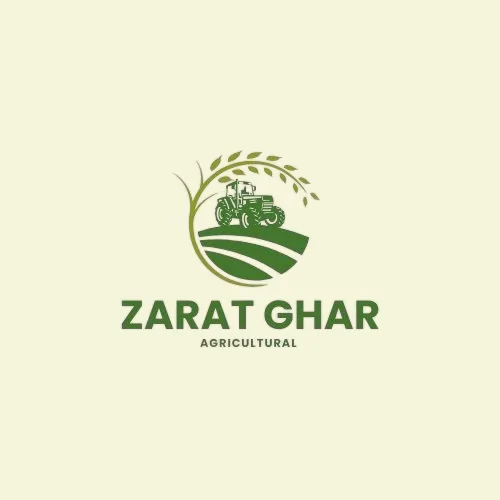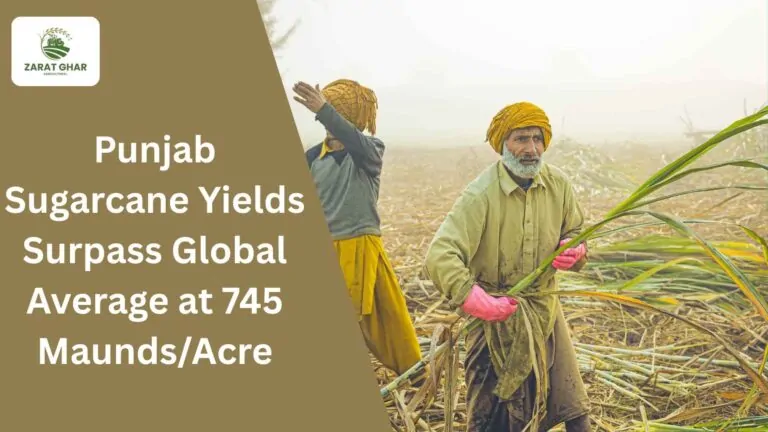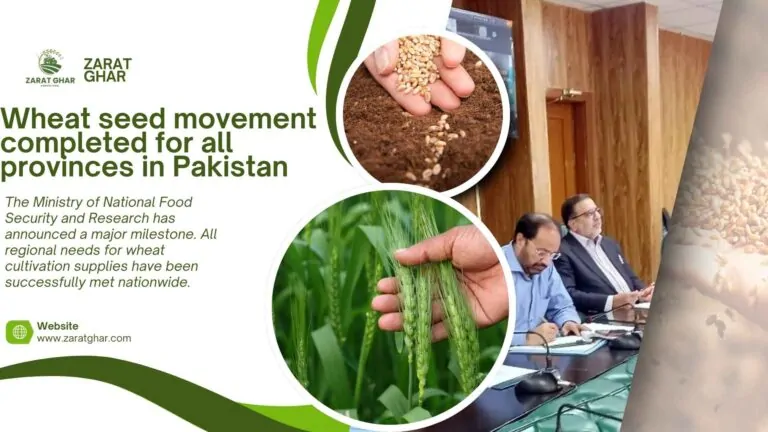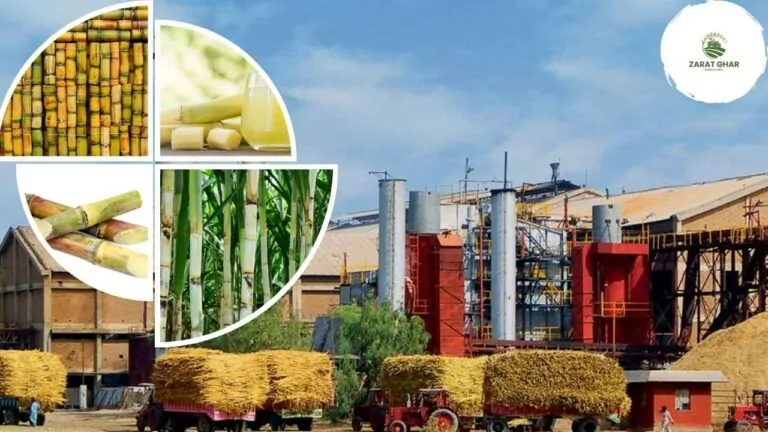The Role of Livestock Farming in Pakistan’s Agriculture
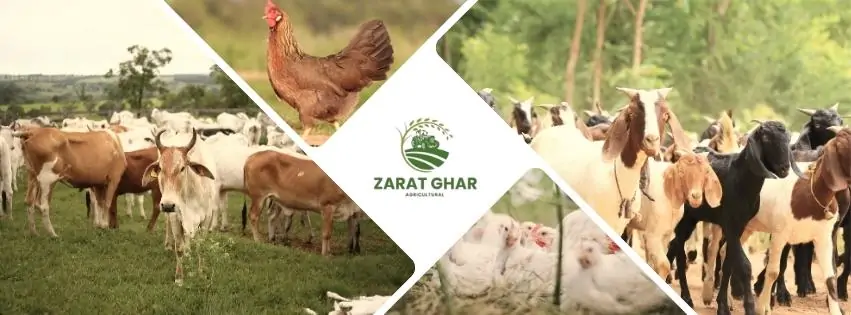
Pakistan’s economy is interlinked with the agricultural sector and livestock farming is of great significance. Livestock farming is the main economic activity of the rural population of Pakistan and accounts for more than 60% of the agricultural sector of the economy and around 11% of the national GDP. Moreover, livestock farming, not only helps Pakistan attain food security, but also provides employment opportunities, and contributes towards national exports.
Comprehending the significance of livestock farming in Pakistan is especially important now since the global and national need for dairy, meat, and animal by products is on the rise. This article attempts to explain the contributions of livestock farming along with its challenges and potential in the agricultural economy.
Importance of Livestock Farming in Pakistan
1. Economic Contribution
Pakistan’s agriculture and economy heavily depend on livestock farming. As mentioned in the Pakistan Economic Survey, livestock farming is more productive with regard to GDP per capita than the value of many major crops, including wheat, sugarcane, rice, cotton, and even sugarcane. Livestock farming also acts as a major provider of income to rural households supplementing their income and lessening their economic reliance on crops that are seasonal.
2. Employment Generation
Livestock farming provides employment for over 8 million people living in rural areas, both directly and indirectly. Women and men are both involved in livestock farming, and many of the roles, like cattle milking, cattle rearing, and even fodder collecting, are integral for economic survival among the rural people in Pakistan.
3. Food Security and Nutrition
Milk, meat, and eggs are important food groups. Pakistan is the fourth largest producer of milk in the world, but still faces the issues of malnutrition. Enhancing the livestock sector can reduce the nutrition gap by providing affordable protein sources and improving access.
4. Export Potential
These livestock products are a large part of the agricultural exports in Pakistan. Hides and skins of the cattle are important in cattle production and Pakistan is exporting food. There is a growing meat export market in the middle east and other countries. Improved control of disease and certifications, Pakistan can increase its share of the Global halal meat market.
Key Components of Livestock Farming
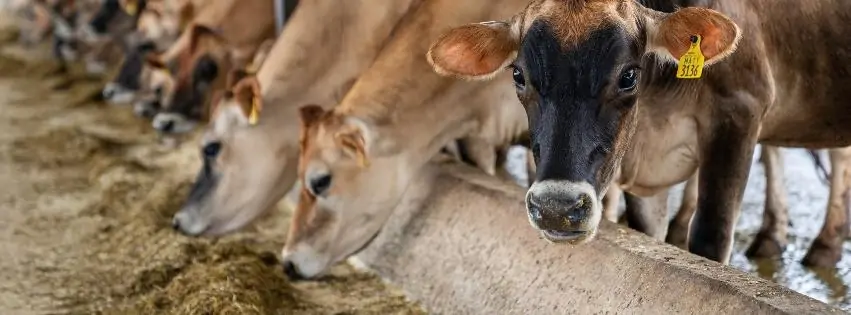
1. Cattle and Buffalo Farming
Cattle are the prime converters of feed into milk and beef. In areas like Punjab, Sindh has big dairy farms and contributes to the milk production of the country. Nili-Ravi buffalo and Sahiwal cow are local breeds that are noted for their milk production and high adaptability.
2. Goat and Sheep Rearing
Sheep and goats are typically found in drier and hilly areas like Balochistan and Khyber Pakhtunkhwa. They are important for the production of mutton, wool, and cashmere, and are easier to care for compared to other types of livestock.
3. Poultry Industry
In Pakistan, the poultry sector is one of the fastest growing segments of livestock farming. Currently, Pakistan is the world’s 3rd largest producer of broilers, and 13th largest producer of eggs, with growing demand.
4. Camels and Equines
You can find goats and camels in places like Cholistan, Thar, and Balochistan. In addition to milk and meat, camels are used for transportation. In rural areas, donkeys, mules, and horses are also used for agricultural work.
Challenges Facing Livestock Farming in Pakistan
While of primary importance, livestock farming for most is loaded with hurdles in Pakistan.
1. Poor Veterinary Services
Access to modern health care and vaccination programs is very limited, and leads to outbreaks of foot and mouth disease and brucellosis.
2. Low Genetic Potential
Compared to international standards, most local breeds have lower productivity. There is a strong gap in output when it comes to selective breeding programs, require, and artificial insemination services.
3. Inadequate Fodder and Water Supply
Water scarcity and reduced farmland have led to a reduction in fodder production. Farmers have a hard time properly nourishing their livestock, which negatively affects their health and productivity.
4. Lack of Infrastructure
Post-harvest losses in milk and meat due to underdeveloped cold chains, processing units, and storage facilities restrain the market reach of various perishable animal products.
5. Limited Financial and Technical Support
Access to loans, insurance, and technical training is severely limited for small-scale farmers. Support from the government is usually underfunded, which leads to inefficiencies in production.
Government Initiatives and Policies
Over the years, various government programs have attempted to boost livestock farming:
- The Livestock and Dairy Development Board (LDDB) was established to support private and public sector initiatives.
- Prime Minister’s Kamyab Jawan Program offers loans for young entrepreneurs in livestock farming.
- Provincial governments have launched mobile veterinary clinics, artificial insemination centers, and farming cooperatives to improve outreach and support.
Maximum impact can be achieved through sustained investment and public-private partnerships to scale up innovation and policy continuity.
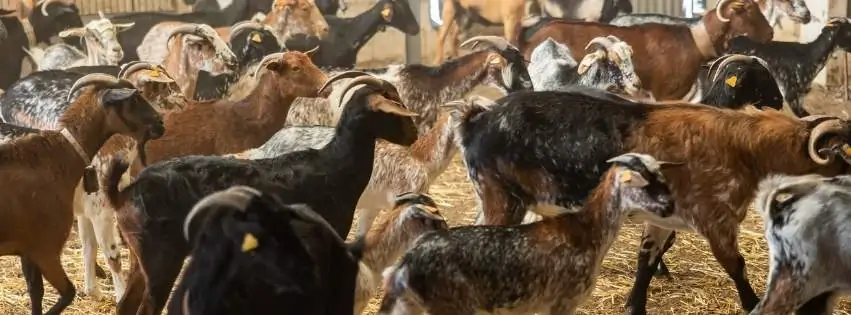
The Future of Livestock Farming in Pakistan
The future of livestock in Pakistan looks promising with the right strategies:
- Digitization and mobile apps can help farmers track animal health, breeding cycles, and market trends.
- Public-private partnerships can modernize infrastructure and improve access to global markets.
- Climate-resilient livestock systems and sustainable fodder practices are essential for long-term productivity.
- Education and training programs can help create a new generation of agripreneurs in the livestock space.
With a growing population and rising demand for animal protein, Pakistan’s livestock sector has the potential to be a game-changer for economic development and rural empowerment.
Conclusion
Livestock farming integrates with Pakistan’s agriculture, and serves as the backbone to rural employment, nurturing their economy, and alongside enhancing food security. This sector has the potential to alter the agricultural framework of Pakistan, with the right innovation, investment opportunities, and policies.
If small farmers are advocated for, livestock farming can be sustained as a profitable sector by modernizing facilities and enhancing the health and genetics of the animals, stimulating long-term economic growth.
See Also;
